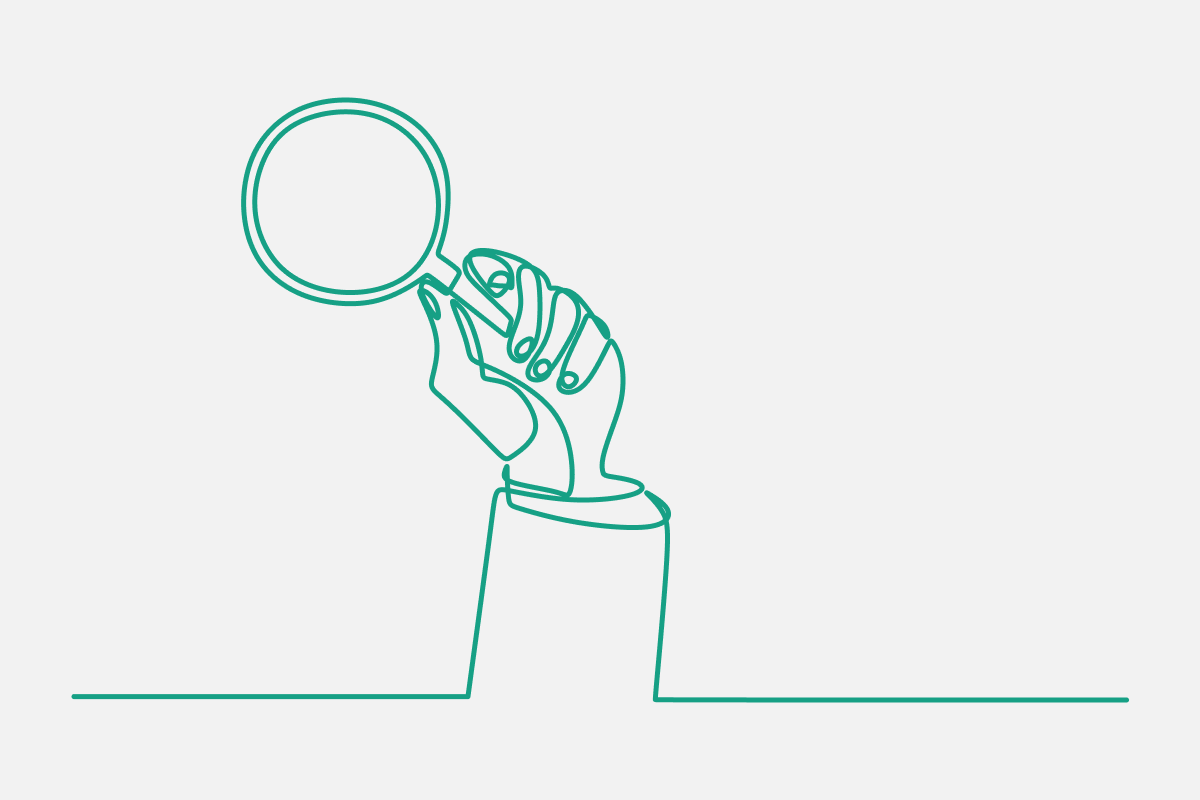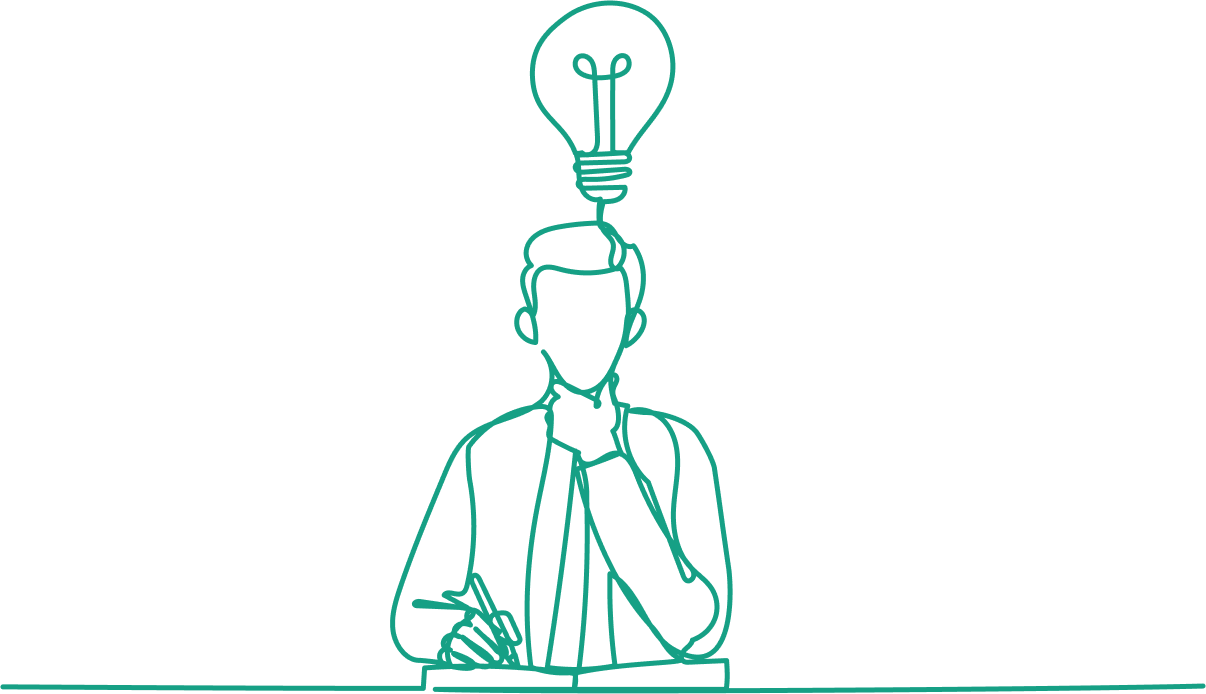Rediscovering the Lost Arts of Observing and Writing: Part 1

Remembering the Benefits of Observing and Putting the Pen to Paper to Record, Reflect, and Reframe
The Case for Observation
Observation is how an outer challenge first meets an inner process. When you pause to truly notice—your body, your context, your relationships—you lower reactivity and create room for choice.
Observation also enhances your ability to be present in the moment. For professionals and leaders, presence is not a luxury—it’s the foundation of trust, decision-making, and influence. In a distracted, fast-moving world, observation is the gateway to clarity.
Why Writing Matters (pen or pencil, on paper)
Writing by hand is not nostalgia; it’s a distinct cognitive act. Compared with typing, handwriting recruits broader, more synchronized brain networks linked to learning, memory, and meaning making. The slower pace forces synthesis rather than verbatim capture—making it easier to separate signal from noise.
To be fair, digital writing has value. It lets us record, reflect, and reframe our thoughts quickly in a fast-paced world. There are also times when digital is the only practical choice—you can record a keynote, capture an insight on the go, or share reflections instantly. These are moments where digital expands what’s possible. But even in fields where digital dictation is essential, the brain still benefits from moments of slowing down—rest and digest—rather than remaining in constant high-alert. Handwriting provides that reset.
Yet speed often comes at the cost of depth. That’s why it’s worth making—or taking—the time to slow down and write physically. Pen-to-paper changes how we process, deepens focus, and grounds ideas in a way that digital shortcuts rarely replicate.
The Triple Benefit: Record, Reflect, Reframe

- Record — Capture what matters in real time. Handwriting slows you down just enough to encode a thought, situation, or insight more deeply than typing.
- Reflect — Revisit your words and notice patterns: recurring stressors, hidden motivations, or energy drains and gains. Because handwritten notes are personal and condensed, reflection reveals more than a transcript ever could.
- Reframe — With distance, the same page can help you ask: “Given my values, what’s the best next step?” Handwriting nudges you from rumination toward action, turning challenges into clearer choices.
For leaders and professionals, this loop—Record → Reflect → Reframe—translates into sharper communication, more grounded decision-making, and a healthier way to process stress.
The Leadership Payoff
Why does this matter for young adults stepping into careers, for professionals balancing demands, or for leaders navigating complexity? Because handwriting offers three things that digital tools rarely deliver on their own:
- Presence under pressure — Writing centers you before conversations, presentations, or negotiations.
- Clarity in complexity — It forces synthesis, helping you cut through overload and focus on what matters most.
- Resilience and reframing — It provides a constructive outlet for stress, turning challenges into insights and next steps.
This isn’t about rejecting technology—it’s about reclaiming a practice that sharpens how we think, lead, and grow.
Blending the Old and the New
The point is not choosing between paper or digital, but recognizing each has unique strengths.
- Handwriting deepens focus, slows the pace, and reveals meaning.
- Digital tools capture what handwriting never could—like recording a presentation in real time, or organizing insights to share with a team.
Generations approach this differently—just as some order a mattress online while others still prefer a showroom. What matters is not loyalty to one format, but the ability to use each when it serves you best.
That’s why CoreSelf Mapping uses pen and paper to unlock depth—and why the upcoming CSM app will extend that same process into the digital spaces where today’s professionals live and work. Writing by hand gives depth. Digital tools add reach. The two are not in competition—they are complementary modes of reflection.
Why CoreSelf Mapping (CSM) Uses Handwriting
CoreSelf Mapping (CSM) is built around the same principle. It’s designed so an outer challenge meets your inner process—and so outer resources (tools, people, data) align with your inner drive (values + motivation).
CSM asks participants to observe then write by hand because handwriting:
- Slows and deepens encoding — You capture signal, not noise.
- Engages perception and meaning — Words, feelings, and values become visible and sortable.
- Supports reframing and planning — Wider neural connectivity helps integrate insights into best next steps.
Put simply, pen-on-paper makes the “Record → Reflect → Reframe” loop neurologically sticky.
Additional Resources (for the curious reader)
For those interested in the wider science and policy conversation about handwriting:
- Neuroscience: Handwriting recruits broader and more synchronized brain networks than typing, strengthening memory encoding and integration. See studies from the Norwegian University of Science and Technology (2020) (Frontiers in Psychology) and Neuroscience News (2020) (summary).
- Literacy: Research shows handwriting practice improves letter recognition and reading circuits more than typing or tracing. See James & Engelhardt (2012) in Trends in Neuroscience and Education (abstract).
- Comprehension: Classic studies show longhand note-taking improves conceptual understanding versus laptops. See Mueller & Oppenheimer (2014) in Psychological Science (paper).
- Policy shifts: States are beginning to reintroduce cursive and handwriting instruction. In 2023 California mandated cursive in grades 1–6 (EdSource), and in 2025 New York lawmakers introduced bills to bring cursive back (NY State Senate bill S.2584).
Together, these findings reinforce what professionals already sense: handwriting isn’t just an old skill—it’s a timeless tool for clarity, focus, and growth.
—-
Try it with your own CoreSelf Map Experience, or watch someone experience this live.
Curious about CoreSelf Positioning? Check out the book.
About the Authors
Jonathan Thomas, MSW
Whether at the potter's wheel, coaching medical professionals and teams, or in his private counseling practice, Jonathan Thomas has spent his life molding, shaping and creating something beautiful and new.
Tim Preston
As a successful serial-entrepreneur and angel investor, Tim Preston has spent the majority of his life learning, overcoming, and creating, from blank pieces of paper: self, spaces, teams, and businesses.
Together, Jonathan and Tim founded Simple. Not Easy., LLC, a company that developed CoreSelf Positioning™ tools to help companies and individuals to slow down and align energy levels, values, and actions in order to formulate their best next steps.
Learn more about Jonathan, Tim & CoreSelf Positioning.